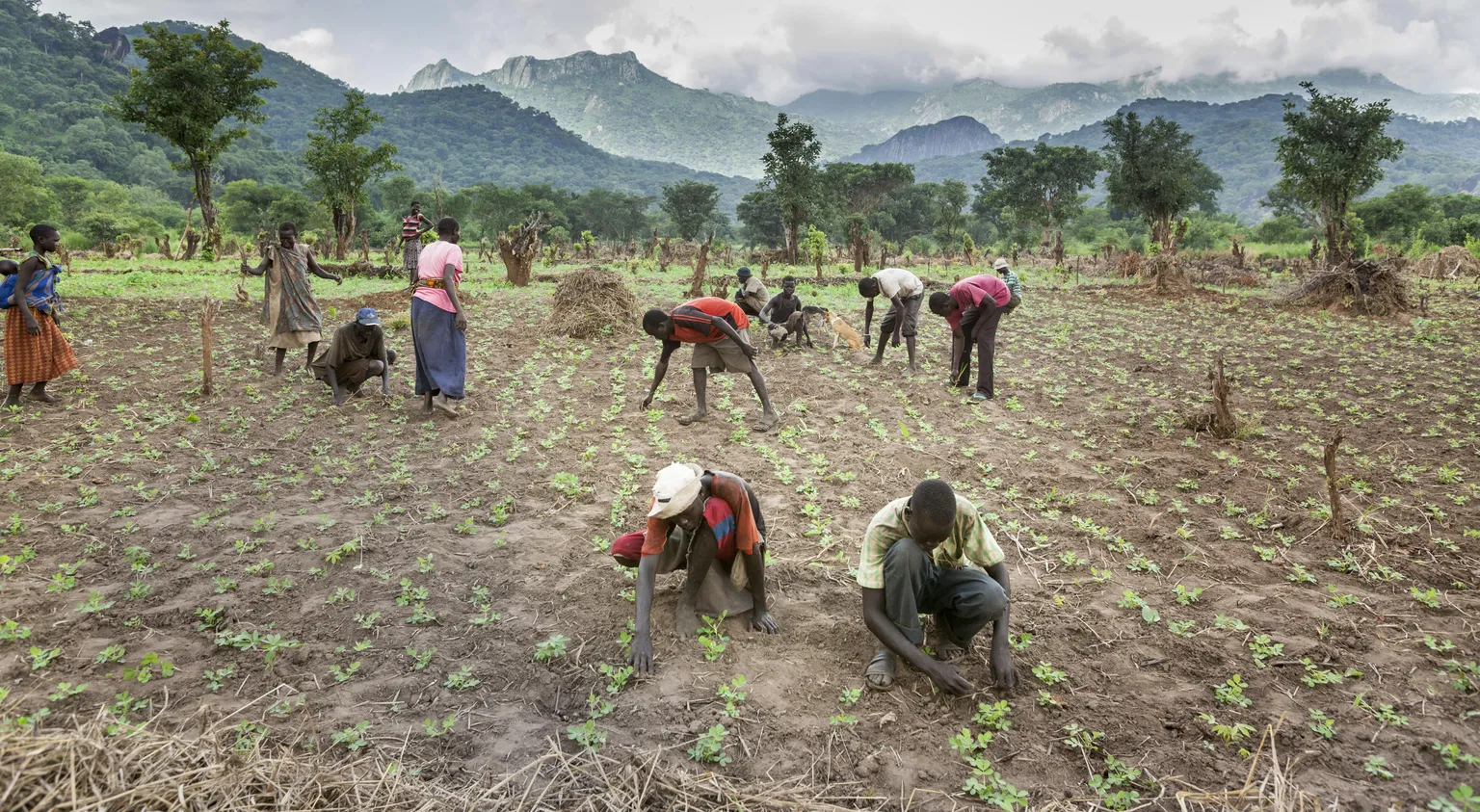SNV Siting Tool fosters multi-stakeholder dialogue

SNV has developed the Siting Tool to guide sustainable expansion of export-oriented crops into degraded landscapes.
Amidst the concerns of (inter)national governments over the rehabilitation of degraded areas in Central Africa, SNV has developed the Siting Tool to guide sustainable expansion of export-oriented crops (cocoa, coffee, oil palm, etc.) into degraded landscapes.
With the Siting Tool, Risk Indicator Maps can be produced that visualize priority areas for development as well as areas for conservation. Building on the successful experiences of the application of the Siting Tool for oil palm, cocoa, coffee and rubber expansion in 4 landscapes in Indonesia, SNV is using this approach to map areas suitable for sustainable cocoa expansion in the Southeast of Cameroon, the North of the Republic of Congo and eventually in Ghana and the Democratic Republic of Congo.
Competing Land-uses at targeted sites
Cameroon intends to produce 600.000 tonnes of marketable cocoa per annum by 2020 – current production is estimated at 220.000 tonnes. The country has also embarked upon raising the total surface area of protected areas from about 19 % to 30%. The country’s annual human population growth rate is estimated at around 3 % per annum.
Similarly, the Republic of Congo has a target of producing 6000 tons of cocoa by 2017. Within the framework of the cocoa sub-sector rehabilitation, the Ministry of Agriculture and Livestock (MaE) of the Republic of Congo signed a convention with CIB - Congolaise Industrielle des Bois (an affiliate of OLAM International) in 2013 to establish a cocoa nursery in Pokola (North of Congo), with a capacity of 278.000 plants for distribution to 100 farm-families covering 250 hectares. In 2014, CIB-OLAM engaged in producing a total of 1.400.000 plants per year over a period of 5 years for free distribution to cocoa producing farm-families. Like Cameroon, the Republic of Congo is committed to raising the total surface area of protected areas from the current 17 % to 30 %.
Across the landscapes currently selected for the application of the Siting Tool in Cameroon and the Republic of Congo, over 80% of forested areas are covered by active forest concessions. Mineral interventions are still at the exploration stage in both sites. The two sites also harbour a wide range of biodiversity. There are four National Parks in the Southeast of Cameroon (the Lobéké, Boumba-bek and Nki, Kom and the Dja Biosphere Reserve) and three in the North of Congo (Nouabalé-Ndoki National Park, Odzala-Kokoua and Ntokou-Pikounda) as well as one community reserve (Lake Télé Community Reserve).
Indicative regional land use plans and forest sector regulation in both landscapes make provisions for a number of agro-forestry or community development zones. Though the areas currently have low to medium human population densities, this is expected to rapidly change with on-going developments of the regional road network linking the South of Cameroon to the North of Congo.
Application of the Siting Tool
SNV Siting Tool and GIS experts based in Indonesia are currently backstopping a team of consultants in Cameroon and the Republic of Congo to apply the Siting Tool. Risk indicator maps are currently being produced for the landscapes in both countries. The results of this exercise will portray areas where the expansion of cocoa could be encouraged with minimal negative short to long-term impacts on other land-use options. This information will create opportunities for engaging in multi-stakeholder dialogues on land-use planning and agricultural development strategies.
The outputs of the application of the tool will be particularly useful in the North of the Republic of Congo, as this is also the pilot site for the country’s Emission Reduction Programme. SNV is implementing country-based Eco-cocoa projects in Cameroon and Ghana and is partnering with CIB-OLAM and ICRAF (World Agroforestry Centre) to develop similar interventions in the Republic of Congo and DRC.